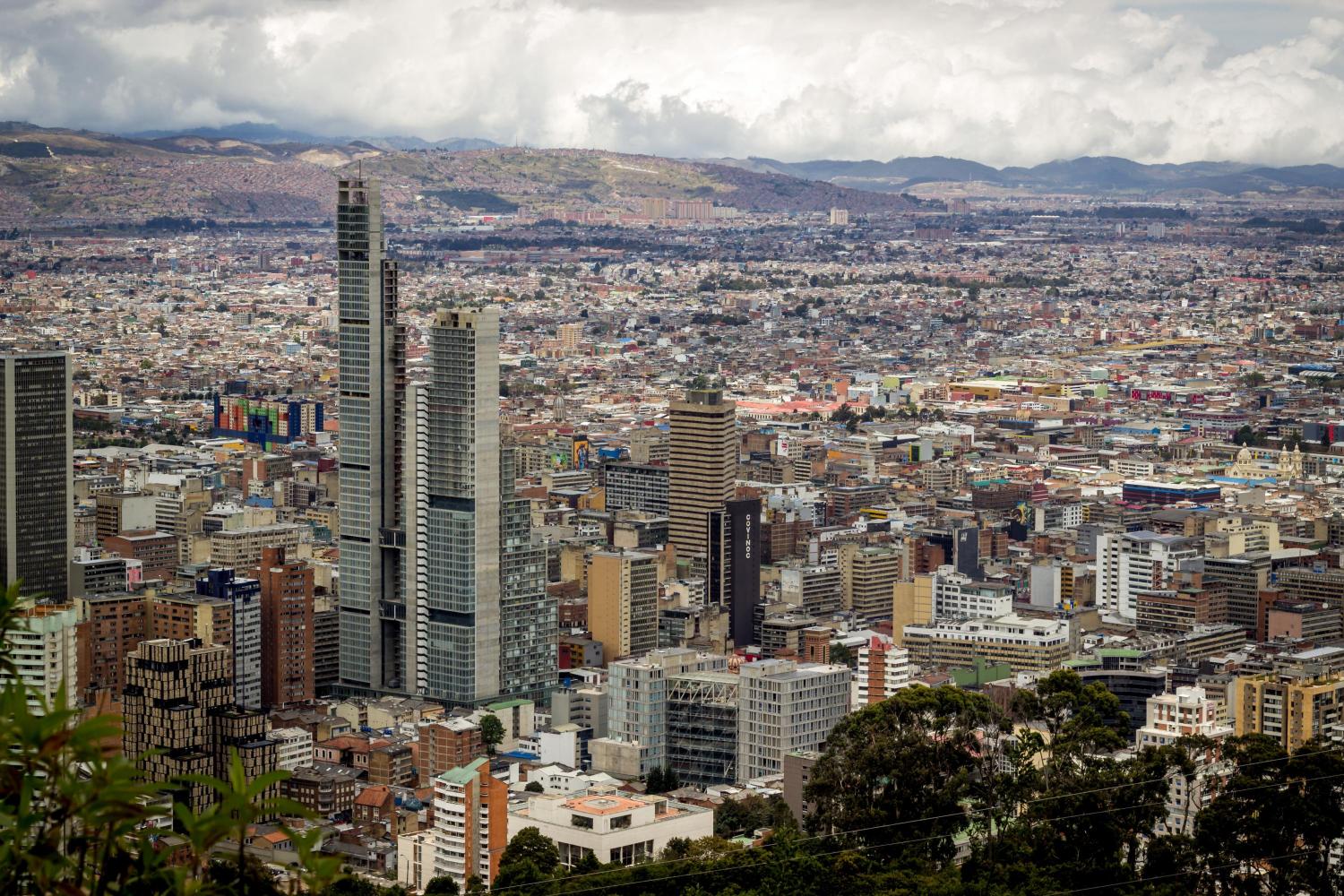
With workers in major Latin American cities stuck in grueling three-hour commutes and hamstrung by unaffordable housing options, architects are turning to a big idea: small housing—really small housing. The introduction of micro-apartments—as small as 10 square meters, a size comparable to a parking space—are the latest trend to hit cities like Sao Paolo, Bogota (pictured above), Mexico City and Buenos Aires, cities where a swelling population has not been kind to students and young professionals looking for affordable living options.
While critics are labeling the apartments and similar approaches to housing like California’s Podshare as prison-like, others are promoting these ideas as an innovative way to respond to the growing demand for affordable housing. Through co-living spaces including kitchens, dining rooms, movie theaters, gyms and lounges, architects are finding ways to attract a younger generation of renters. These renters sleep in their tiny apartments, but that’s about it, said Alexandre Frankel, executive director of a development firm building micro-apartments in Sao Paulo.
“People sleep in their apartments, but the rest of the building is theirs, too,” Frankel told BBC Mundo.
Micro-apartments aren’t a new phenomenon. In Japan, where rent and population density rank among the highest in the world, there are apartments as small as 8 square meters. The trend is also underway in pricey London. Nevertheless, the development of these micro-apartments in Latin America is pushing the boundary to a new level there. Sao Paulo’s government responded to the trend with new regulations limiting the size of new apartments to 11 square meters. Frankel said he would make the apartments even smaller if he could.
Argentina’s government approved the building of micro-apartments a few months ago, the BBC reported. The construction of these mini homes is expected to proliferate there, though most of the city's apartments do not dip below 20 square meters.
The trend hasn’t quite spread to Mexico City, where residents aren’t showing much interest in living in an apartment smaller than 65 square meters. But in a city where the growth rate is among the highest in the world, it may not be long before residents opt to swap space for practicality.
Are micro-apartments and tiny homes here to stay, or rather a short-term solution for a more enduring housing problem?
Experts tend to view micro-housing as a temporary stopgap while the private sector, government and policymakers grapple with how to approach more longstanding issues in the housing market. Living in a cramped space some compare to a prison cell may also have lasting psychological effects, experts say. Communal spaces like the ones Frankel is envisioning for his firm’s future micro-projects may curb this concern. And in far-off cities like Auckland, New Zealand, local officials are looking to this trend in Latin America for inspiration on how to tackle their own local affordable housing crises.
Micro-housing may not be the silver bullet to solving the housing crisis, but it can be used as a crucial strategy to complement more long-lasting improvements, like increased public housing and better transportation systems to mitigate traffic and unlock easy city access for more rural dwellers.
There is no one-size-fits-all solution to the housing crisis. Singapore and Hong Kong, for example, require unique solutions to their overcrowded cities—their small landmass doesn’t provide them the luxury of building further into the countryside. Instead they build higher and higher. Hong Kong tops the world ranking for city with the most skyscrapers, with nearly 75 percent of them being residential buildings. Cities in Latin America, however, have a little more leeway. Investments in strong transportation systems in these cities can more easily connect suburbs to downtown, reducing traffic woes and decreasing greenhouse gas emissions from cars along the way.
The market, above all, will dictate the immediate future of micro-housing. If young professionals and college students are willing to downsize for the right price, then architects and developers will jump on the idea of mass producing these parking-space-sized homes. Investors, too, want a piece of the action—they see high profitability in buying these homes on the cheap and renting them out to tourists paying premium prices for daily and weekly rentals.
Image credit: Michael Lechner/Unsplash
Based in Atlanta, GA, Grant is a nonprofit professional and freelance writer passionate about affordable housing and finding sustainable approaches to international development. A proud graduate of the University of Maryland, Grant spent four months post-grad living in Armenia where he worked for Habitat for Humanity and the World Food Programme. He enjoys playing trivia with friends but is still seeking his first victory - he ceaselessly blames his friends lack of preparation.














